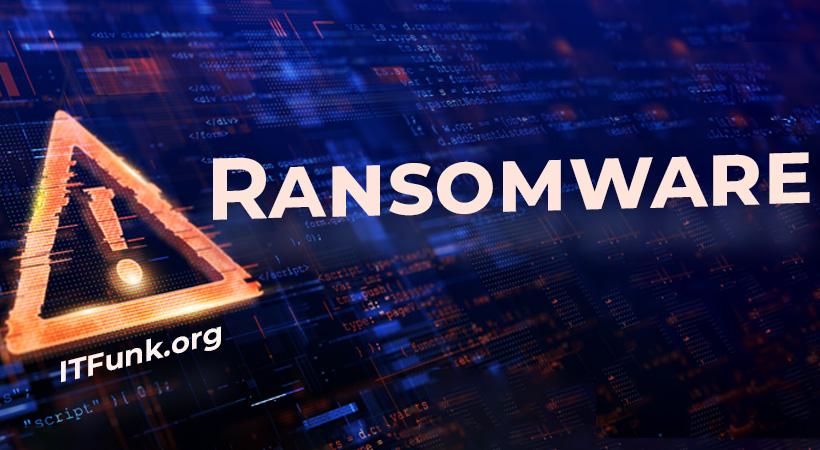In the ever-evolving landscape of cyber threats, ransomware continues to be a persistent menace, causing havoc for individuals and organizations alike. Among the latest variants making waves in the digital underworld is BlackBit ransomware, a malicious descendant of the notorious Loki Locker. Since its discovery in September 2022, BlackBit has gained infamy for its encryption tactics and the unique challenges it poses to data recovery and system restoration.
Understanding BlackBit Ransomware
BlackBit ransomware shares its lineage with the Loki Locker variant, leveraging its predecessor’s malicious capabilities to encrypt files and extort victims for financial gain. Upon successful infiltration, BlackBit employs a distinctive approach to make its presence known, appending the “.BlackBit” extension to filenames along with the victim’s unique ID and the contact email address spystar@onionmail.org.
The attackers deliver a ransom note, titled “Restore-My-Files.txt,” providing detailed instructions on how victims can contact them for payment and decryption. The note includes a countdown timer, intensifying the urgency for victims to comply with the demands within 48 hours to avoid a doubled ransom amount.
Operating Tactics of BlackBit
Once BlackBit gains access to a system, it swiftly encrypts files, rendering them inaccessible to the rightful owner. The malware’s distinctive file naming convention, including the contact email and victim’s ID, makes the encrypted files easily distinguishable. The attackers leverage a dual notification system, combining the ransom note and modified filenames to ensure victims are aware of the compromise.
Victims are coerced into contacting the attackers through various means, such as email addresses (imortalcrypt@mail2tor.com, imortalcrypt@morke.com, spystar@onionmail.org, spystar1@onionmail.com) or Telegram (@Spystar_Support). The urgency imposed by the attackers is a critical aspect, demanding contact within a tight 48-hour window to avoid severe consequences.
Preventive Measures
To safeguard against BlackBit and similar threats, individuals and organizations must implement robust preventive measures:
- Regularly update software and operating systems to patch vulnerabilities.
- Educate users on common attack vectors, including phishing techniques.
- Establish and adhere to regular backup protocols, ensuring data is stored securely in multiple locations.
- Exercise caution and refrain from paying ransoms, as compliance does not guarantee the retrieval of encrypted files.
Detection and Removal Guide
While prevention is crucial, the unfortunate reality is that some systems may fall victim to BlackBit ransomware. In such cases, a thorough removal strategy is essential:
- Isolation: Disconnect the infected system from the network to prevent the malware from spreading.
- Identify and Quarantine: Utilize reputable antivirus software to identify and quarantine the BlackBit ransomware. Common detection names include (but are not limited to) LokiLocker, BlackBit, and related variants.
- File Restoration: If available, restore files from secure backups to mitigate data loss.
- Manual Removal: Manually removing the ransomware may involve terminating malicious processes, deleting associated files, and modifying registry entries. Caution is advised, and expert assistance may be required.
- Monitor for Resurgence: Regularly monitor the system for any signs of a resurgence of the malware.
Conclusion
BlackBit ransomware, stemming from the Loki Locker lineage, underscores the ever-growing sophistication of cyber threats. Mitigating the impact of such threats requires a combination of understanding the malware’s operation, implementing preventive measures, and having a robust removal strategy in place. By staying informed and adhering to best practices for digital hygiene and security, individuals and organizations can fortify their defenses against the evolving landscape of ransomware threats.





